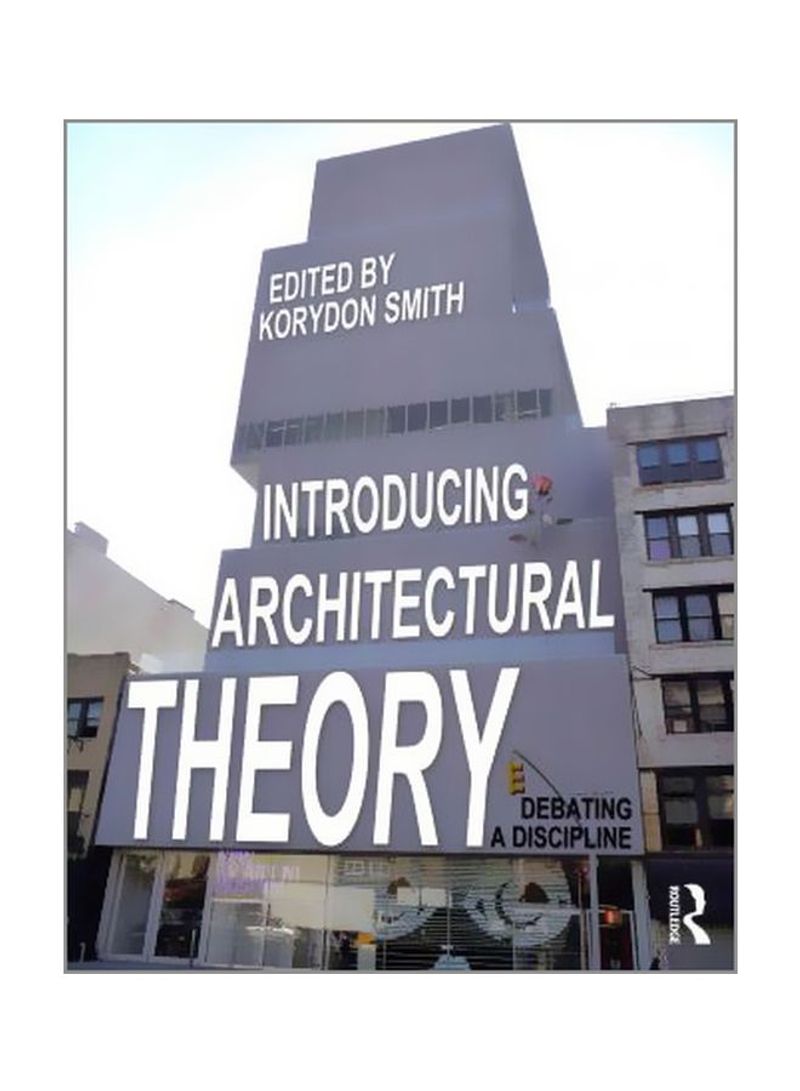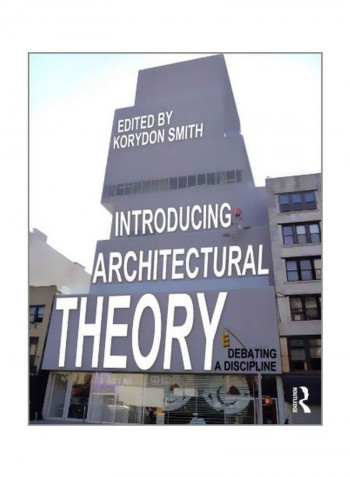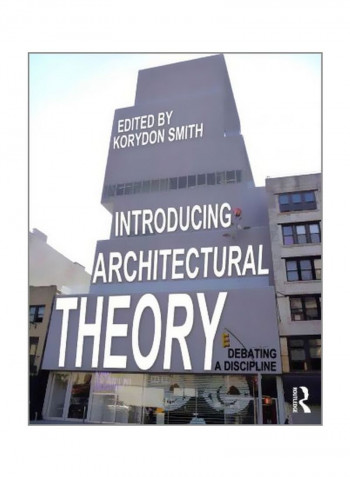Introducing Architectural Theory : Debating A Discipline Paperback
Recommend
Sort by
Rating
Date
Specifications
Author 1
Korydon Smith
Book Description
This is the most accessible architectural theory book that exists. Korydon Smith presents each common architectural subject - such as tectonics, use, and site - as though it were a conversation across history between theorists by providing you with the original text, a reflective text, and a philosophical text. He also introduces each chapter by highlighting key ideas and asking you a set of reflective questions so that you can hone your own theory, which is essential to both your success in the studio and your adaptability in the profession. These primary source texts, which are central to your understanding of the discipline, were written by such architects as Le Corbusier, Robert Venturi, and Adrian Forty. The appendices also have guides to aid your reading comprehension; to help you write descriptively, analytically, and disputationally; and to show you citation styles and how to do library-based research. More than any other architectural theory book about the great thinkers, Introducing Architectural Theory teaches you to think as well.
Language
English
Publisher
Taylor & Francis Ltd
Publication Date
8 March 2012
Number of Pages
428
About the Author
Korydon Smith is Associate Professor in the Fay Jones School of Architecture at the University of Arkansas. He teaches courses in architectural theory, methods, and design, and has coordinated design studios at all year levels.
Editorial Review
This is a very good and timely architectural theory text, especially for undergraduate architecture history, theory, and introductory courses. [The book's structure] makes it possible for students to develop the ability to understand the transformation of architectural ideas over the course of history and, more importantly, to develop critical thinking skills and understand, at a fairly young age, the most important debates around which the discipline of architecture is constructed. In addition, the questions he poses at the beginning and end of each chapter are clearly stated and challenging. I would recommend it to anyone interested in architecture. -Jean La Marche, architecture professor and author



